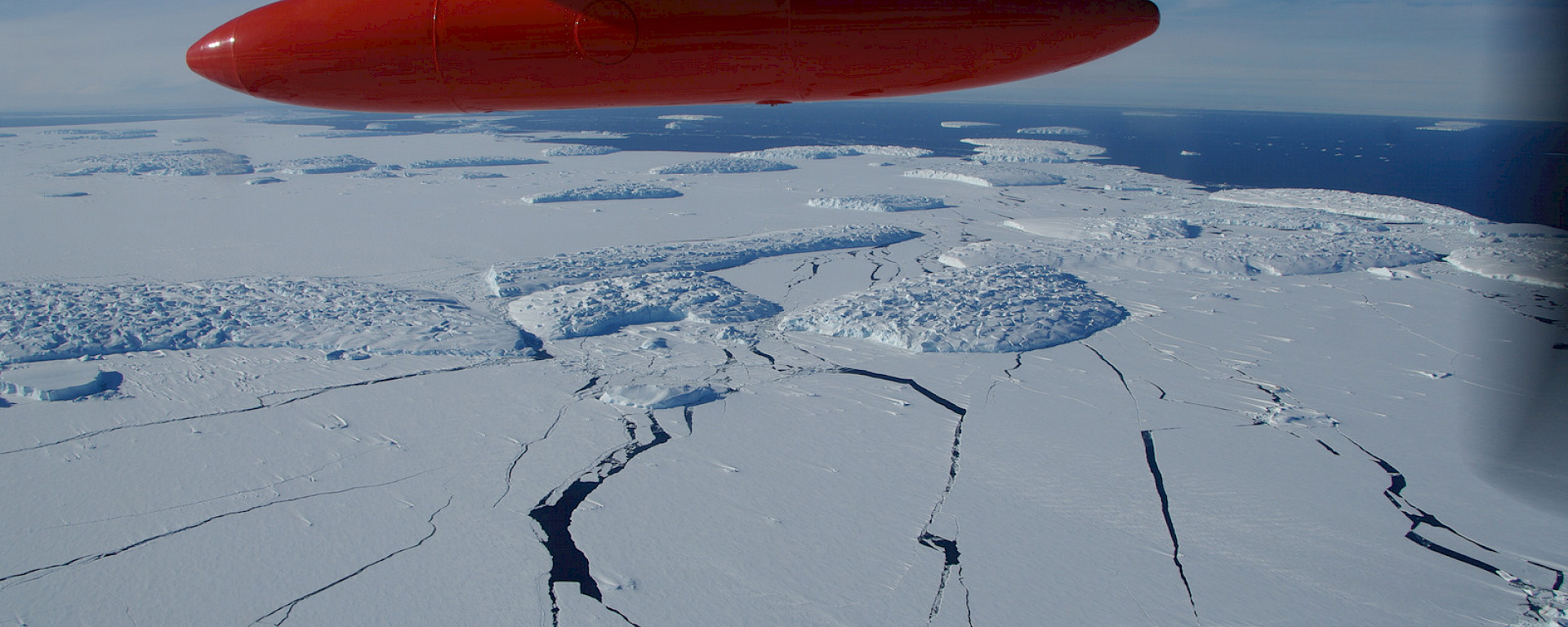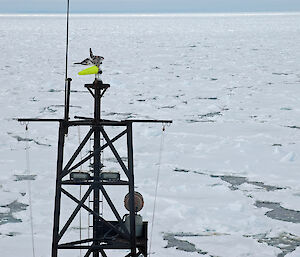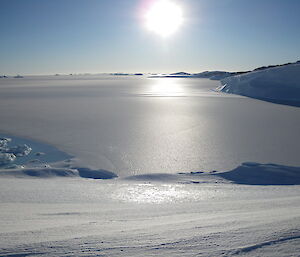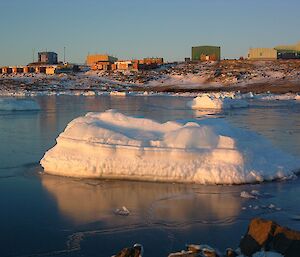The majority of ice occurring in a wide band around Antarctica is referred to as ‘pack ice’. This is a region of highly variable ice conditions, including broken pieces (floes) with a range of sizes, ages and thicknesses, present in varying concentrations.
The pack is highly mobile, moving with the wind and currents, with its characteristics constantly changing. There is frequently some open water (leads) between the floes and it is common to see ice at various stages of development present in the same area. This is the result of the dynamic nature of the pack, with the thickness of floes increasing through ‘rafting’ and ‘ridging’ as they interact, and new open water areas constantly being created, allowing new ice to form.
Rafting and ridging
Rafting is the pressure process whereby one piece of ice overrides another, and is most common in new and young ice. Ridging is the process by which sea ice is forced into a line or wall of broken ice forced up by pressure. It may be fresh or weathered. The submerged volume of broken ice under a ridge, forced downwards by pressure, is termed an ice keel.
Cake ice
Cake ice is commonly used in Antarctica to refer to a collection of ice cakes. This should not to be confused with pancake ice. Cake ice is older and thicker than pancake ice.
Ice breccia
Ice of different stages of development frozen together.





